Getting to Jasna Góra
Getting to Jasna Góra from the Częstochowa bus station is a 30 minute walk (a mere trifle compared to from Wawel) or take bus 11.Miracles of the Black Madonna
According to legend, Prince Ladislaus of Opole discovered the Black Madonna (age, ethnicity, birthplace: unknown) in the Ukrainian city of Belz where it was venerated for its miraculous properties after a mysterious cloud enveloped the chapel housing the icon during the looting of the city, thus protecting it from the grubby clutches of the Tartars. Ladislaus liked the painting and apparently took it with him, bringing it to Poland in 1382 and bestowing it to the Pauline monks who had recently been granted a monastery in Częstochowa.The image was soon under attack again in 1430, however, when Hussites attacked Jasna Góra and desecrated the icon. According to the accounts of the Pauline monks, the icon was thrown to the ground in a rage, upon which it broke into three pieces. A Hussite soldier, outraged that the head of the Blessed Virgin had remained intact, struck it twice with his sword and promptly went blind. On returning to the monastery, the monks found the Madonna shattered in a puddle of blood and mud. Upon collecting the pieces a fountain suddenly appeared wherein they were able to clean the icon. Putting it back together, the monks went to Kraków to lodge a formal complaint with the king, after which King Jagiello kept it in Wawel and had his best artists restore and repaint the image, with the exception of the two gashes on the Madonna’s face which can be seen today.
Returned to Częstochowa, the Madonna performed her most infamous miracle in 1655 when for 40 days, less than two hundred locals and fervently praying monks defended Jasna Góra from a 3000 strong Swedish side until the attackers retreated and laid raze to every other castle they encountered in Poland, conquering Kraków, Warsaw and Poznań while they were at it. The victory rendered the Blessed Lady’s reputation as a miraculous icon indisputable, but just for good measure, she appeared over Warsaw in 1920 as the imposing Soviet Army gathered on the Vistula riverbank to invade the city. What followed was a series of inconceivable, decisive Polish victories that ended the Polish-Soviet War and preserved the country's independence (albeit briefly). Today this shocking result is known duplicitously as the ‘Miracle on the Vistula.’


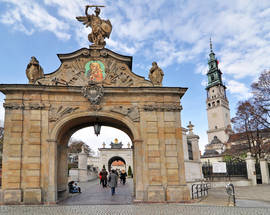
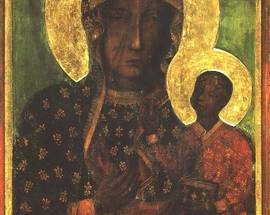
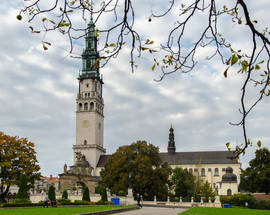
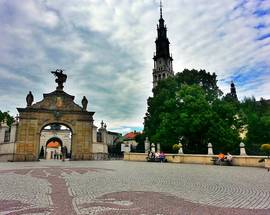
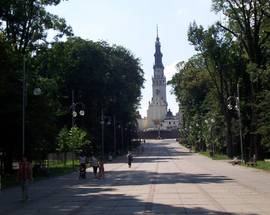

Comments